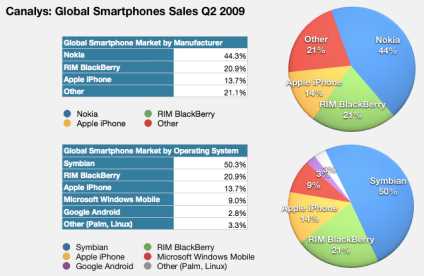 At a a press conference in Cologne, Germany at the GamesCom Expo on Tuesday, Sony confirmed a newer, slimmer PS3 is coming. It will release in the first week of September.
At a a press conference in Cologne, Germany at the GamesCom Expo on Tuesday, Sony confirmed a newer, slimmer PS3 is coming. It will release in the first week of September.
The exact dates of launch are September 1 in North America and Europe, September 3 for Japan). The slimmed-down PS3 will retail for $300, or 300 euros, or 29,980 Yen.
Sony says the device has the same features and functions as the "old" PS3 but is 33% smaller, 36% lighter, and ships with a 120GB hard drive. In anticipation of the new release and in hopes of finding anxious "suckers," er, buyers, existing PS3 SKUs will seen their prices dropped $100 apiece tomorrow. Of course, why anyone would buy an old model with the new one coming out in a few weeks, and with a larger HD would be beyond me.
Full specs:
- Product name: PlayStation 3
- Product code: CECH-2000A (Charcoal Black)
- CPU: Cell Broadband Engine™
- GPU: RSX
- Audio output: LPCM 7.1ch, Dolby Digital, Dolby Digital Plus, Dolby TrueHD, DTS, DTS-HD, AAC.
- Memory: 256MB XDR Main RAM, 256MB GDDR3 VRAM
- Hard disk: 120GB 2.5" Serial ATA
- USB 2.0 ports: 2
- Networking: Ethernet (10BASE-T, 100BASE-TX, 1000BASE-T), IEEE 802.11 b/g, Bluetooth 2.0 (+EDR)
- Controller: Wireless Controller (Bluetooth) x 1
- AV outputs: HDMI x 1, AV MULTI OUT x 1, Digital out (optical) x 1
- Resolutions: 1080p, 1080i, 720p, 480p, 480i (for PAL 576p, 576i)
- BD / DVD / CD drive (read only): BD × 2 (BD-ROM), DVD × 8 (DVD-ROM), CD × 24 (CD-ROM)
- Power: AC 220 – 240, 50/60Hz
- Power consumption: Approx. 250W
- External dimensions (excluding maximum projecting part): Approx. 290 × 65 × 290 mm (width × height × length)
- Mass: Approx. 3.2kg
- Included in box: PlayStation 3 system × 1, Wireless Controller (DUALSHOCK 3) × 1, AC power cord × 1, AV cable × 1, USB cable × 1









